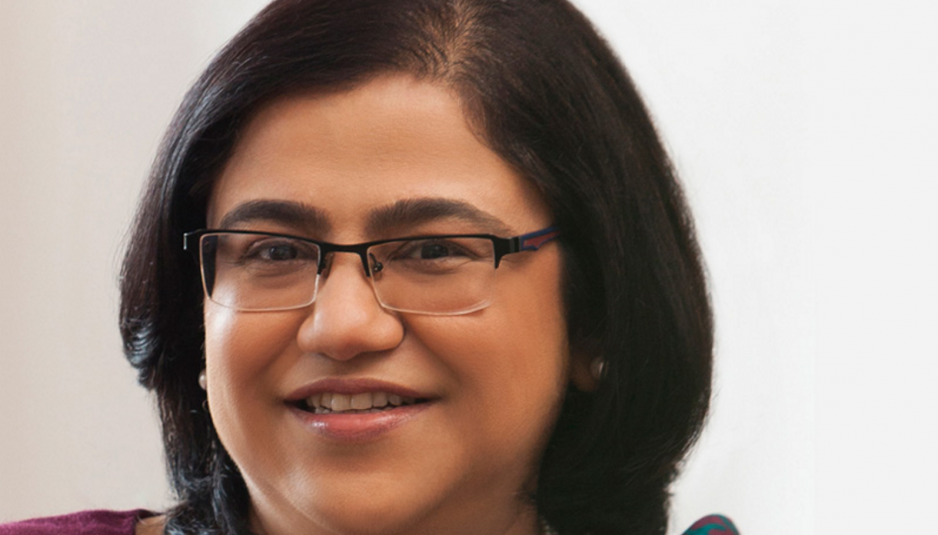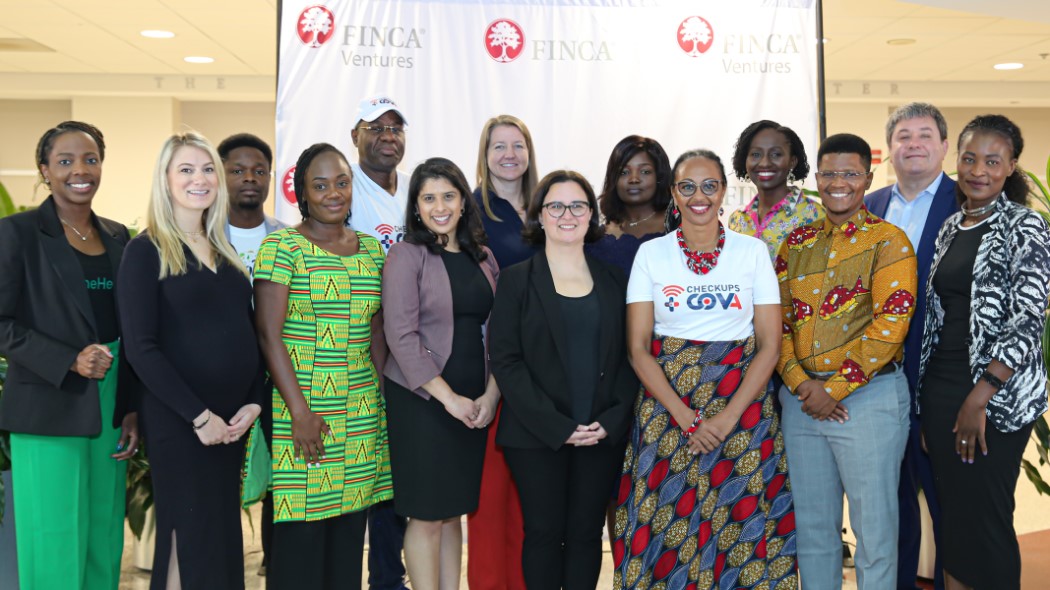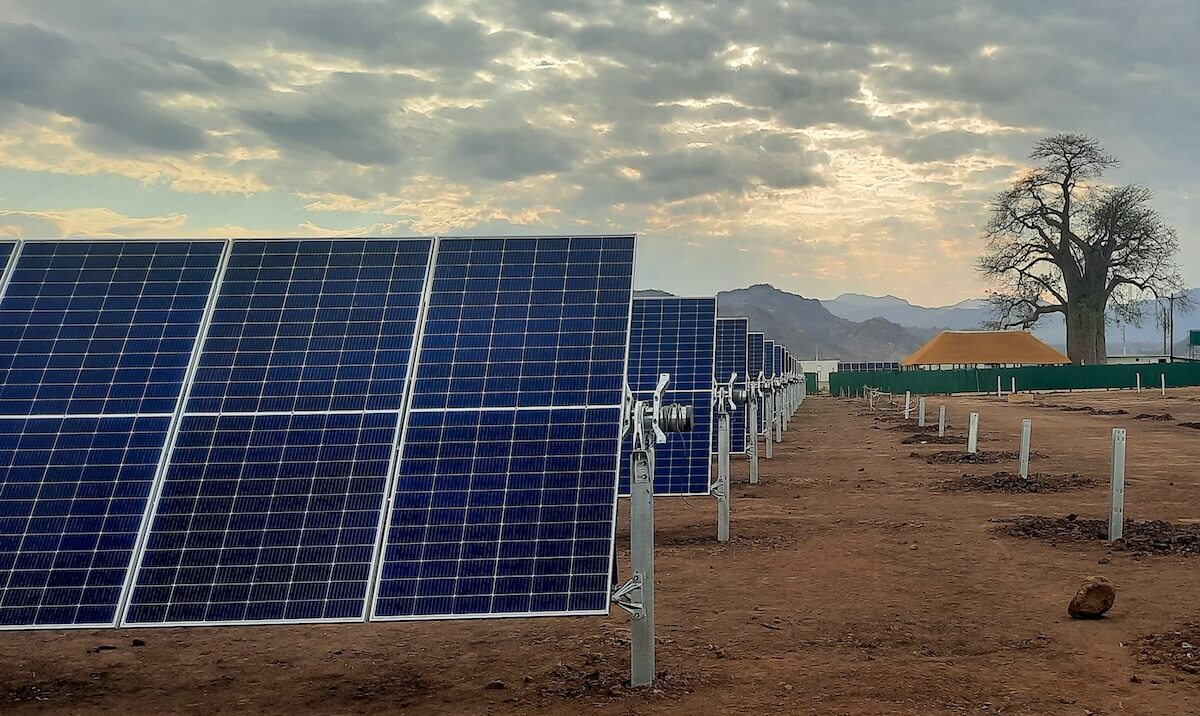The penetration of smartphones and India’s new national digital identity program (Aadhaar) are creating unprecedented opportunities for the country’s growing number of entrepreneurs, and hence for investors seeking impact as well, Kudva says. Aadhaar, a 12-digital ID number lined to fingerprints, iris scans and photos, is spurring an explosion of financial and other services.
Omidyar Network, the hybrid venture-capital firm and philanthropy backed by eBay founder Pierre Omidyar and his wife, Pam, is doing its part. Kudva says Omidyar Network aims to double its investments in India to $300 million by 2020. ImpactAlpha caught up with Kudva for this exchange:
ImpactAlpha: What are the signals of a tipping point for impact investing in India?
Roopa Kudva: A 2015 report by the Global Impact Investors Network estimated the impact investing sector in India to be $5 billion USD. While this is a significant number, we think that it is the tip of the iceberg. As the industry continues to gain momentum worldwide, we believe that not only will we see an increase in impact investing in India from foreign entities, but we will see a considerable increase in domestic investments as well.
The penetration of smartphones and individual digital identity (Aadhar) has been remarkable, and has dramatically improved access to education, jobs, and healthcare, offering incredible opportunities for investors looking for business models that have a clear social benefit.
India has a rapidly improving ecosystem for entrepreneurship: funding availability for start-ups has increased, government policies are encouraging innovation and entrepreneurship, and many of our best and brightest students are choosing entrepreneurial paths. We also have significant drivers of social impact that are gaining momentum: more and more people opening bank accounts, increased opportunities for skills training, and the proliferation of smart phones.
This combination of momentum and a supportive environment make it a momentous time for the kind of work we do, offering huge opportunities — for us and others — going forward. Here at Omidyar Network, we hope to double our India investments from $160 million to $300 million by 2020.
ImpactAlpha: What lessons has Omidyar Network drawn from its portfolio of microfinance companies?
Kudva: Omidyar Network does not have direct microfinance companies in its portfolio. While we recognize that the microfinance industry in India has not been without controversy, we believe that there were positive outcomes. What was missing in the India context was the robust competition needed to drive down interest rates, as well as proactive government policies that would have better regulated the industry. This has reinforced our commitment to sector-based growth, and is why we invest not only in businesses, but also in field-building organizations that are addressing infrastructure problems and advocating for policy changes.
That said, microfinance has paved the way for a host of innovative businesses — the most recent example being mobile-based credit offerings. In recent years, the industry has recovered and has attracted significant capital. Currently, several microfinance companies are in the process of graduating into banks, having received licenses from the regulator for small finance banks.
ImpactAlpha: Omidyar Network has laid out the “frontier capital” thesis — that the real opportunity is for serving populations above the “base of the pyramid.” How does that help the poorest of the poor?
Kudva: It has been well-established that many businesses have a hard time serving the poorest of the poor without subsidy. Most recently, a Monitor Inclusive Markets study of 700 businesses in India and Africa found that the only companies effectively serving the bottom of the pyramid also served low- and lower-middle-income populations.
The larger your target market, the easier it is to achieve the classic “J-curve” growth that enables more rapid scale. This means that it is far easier to achieve scale and reach lower-income customers when you also serve middle-income customers — in South Asia alone, the low and lower-middle income populations have a purchasing power of $483 billion, which represents a significant business opportunity. Addressing the needs of those one or two levels above the very bottom of the pyramid may provide means to develop commercially viable channels that ultimately reach those with the most need.
We have seen this in India with companies including Vaatsalya Hospitals, Servals Automation, Spandana, and d.light — all of which serve low-income segments at scale through a mixed-income model. While mission-drift is a risk, it can be guarded against by investing in companies where the impact is baked into the business model. For example, a company like d.light, which creates solar lanterns for those without reliable electricity access, can serve many low and lower-middle-income segments with these products; the products themselves are less relevant to upper-income populations, who have more options for lighting.
ImpactAlpha: What does TPG’s move, with Elevar Equity, into emerging market social-impact investing mean for the Indian impact investing marketplace?
Kudva: As field-builders as well as investors, we are always pleased to see additional capital deployed to impact investing. We look forward to learning more about the TPG fund as it develops.
Originally published at impactalpha.com.











